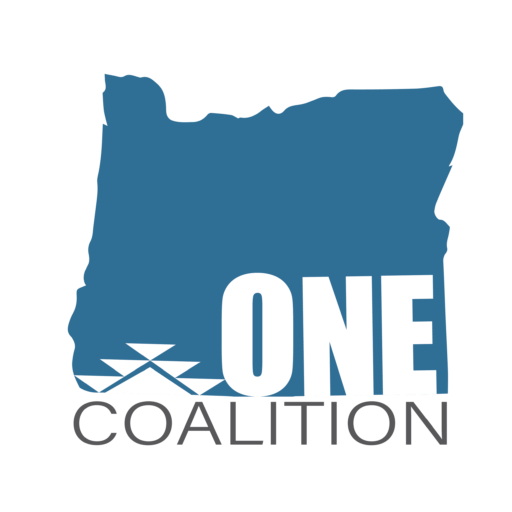State Taxation

State-level marijuana tax structures across the U.S. vary widely, primarily influenced by state regulations, priorities for revenue use, and local economic conditions.
- Excise Tax on Retail Price: Many states, including Arizona and Michigan, apply a straightforward percentage excise tax on the retail price, typically ranging between 10-16%. Montana charges a higher rate of 20% excise on retail, while Washington has one of the highest excise taxes at 37%, added directly to the retail price, making it particularly expensive for consumers in that state.
- THC-Based and Weight-Based Taxes: Some states, like Connecticut and New York, have adopted innovative THC-based taxes, setting rates according to THC content per milligram, which affects flower, edibles, and concentrates differently. For instance, Connecticut levies a tax of $0.00625 per milligram of THC in plant material, which encourages lower-THC products to be more affordable. Alaska uses a weight-based approach, charging $50 per ounce for mature flowers and lower rates for trim and immature plants, which impacts cultivators directly.
- Tiered Product-Based Taxation: In Illinois, the tax structure is tiered based on THC content and product type. Products with less than 35% THC are taxed at 10%, edibles at 20%, and products above 35% THC at 25%, creating incentives for different consumer choices based on potency.
- Local Add-Ons and State Variances: In addition to statewide excise taxes, some states allow municipalities to impose additional local taxes. Oregon, for instance, has a 17% state excise tax with an optional 3% local tax, bringing the total tax rate to as much as 20% in certain areas. California also includes local taxation alongside its 15% state excise tax and cultivation taxes per ounce of different cannabis parts.
These tax structures illustrate how states balance between maximizing revenue, controlling the market, and addressing local priorities. Generally, states allocate these revenues to public health, education, and law enforcement, aiming to integrate marijuana into local economies and mitigate risks associated with legalization.
Sources:
- https://www.leafly.com/news/industry/marijuana-tax-rates-by-state
- https://taxfoundation.org/data/all/state/state-recreational-marijuana-taxes-2023/
